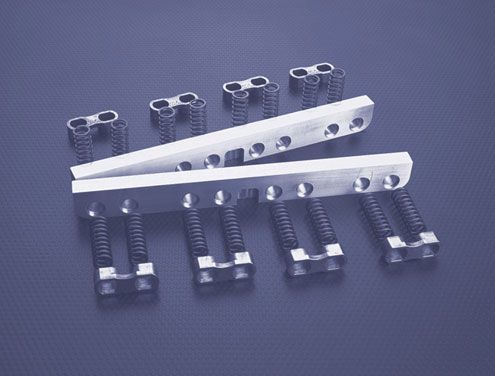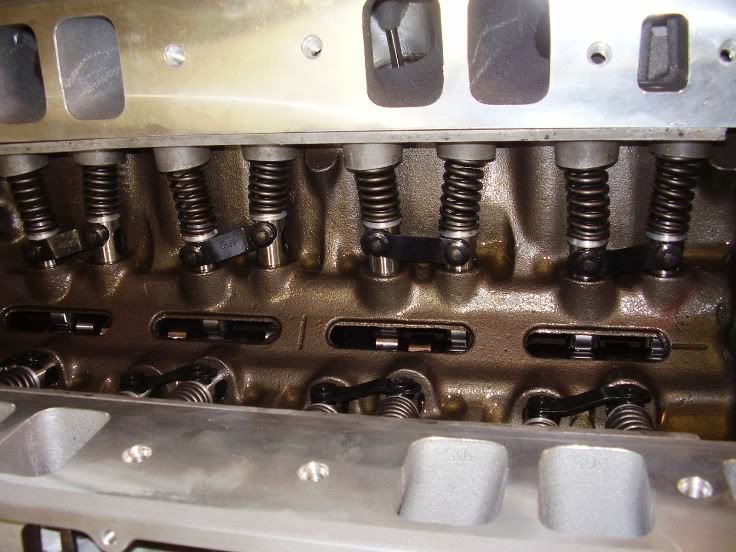Big_G
Active Member
Grumpy and any others: chime in. Hypothetical discussion: In an effort to increase reliability in in relation to the supposed short lifespan of solid roller lifters, I am contemplating going to a hydraulic roller setup. The cheap guy in me asks can I use hydraulic rollers on my existing solid roller (billet) cam? Comp. Cams 244/248/114* lsa/.6** lift. If so, let's discuss the power/performance changes coming from such a change. My current seat pressure is 210#. I know this is too much for a hyd. cam. My rev' limit is 6,300 rpm's, so that should be in reach of good hydraulic lifters. I need high seat pressures, as I run 20 lbs. of boost. Kick it around.




